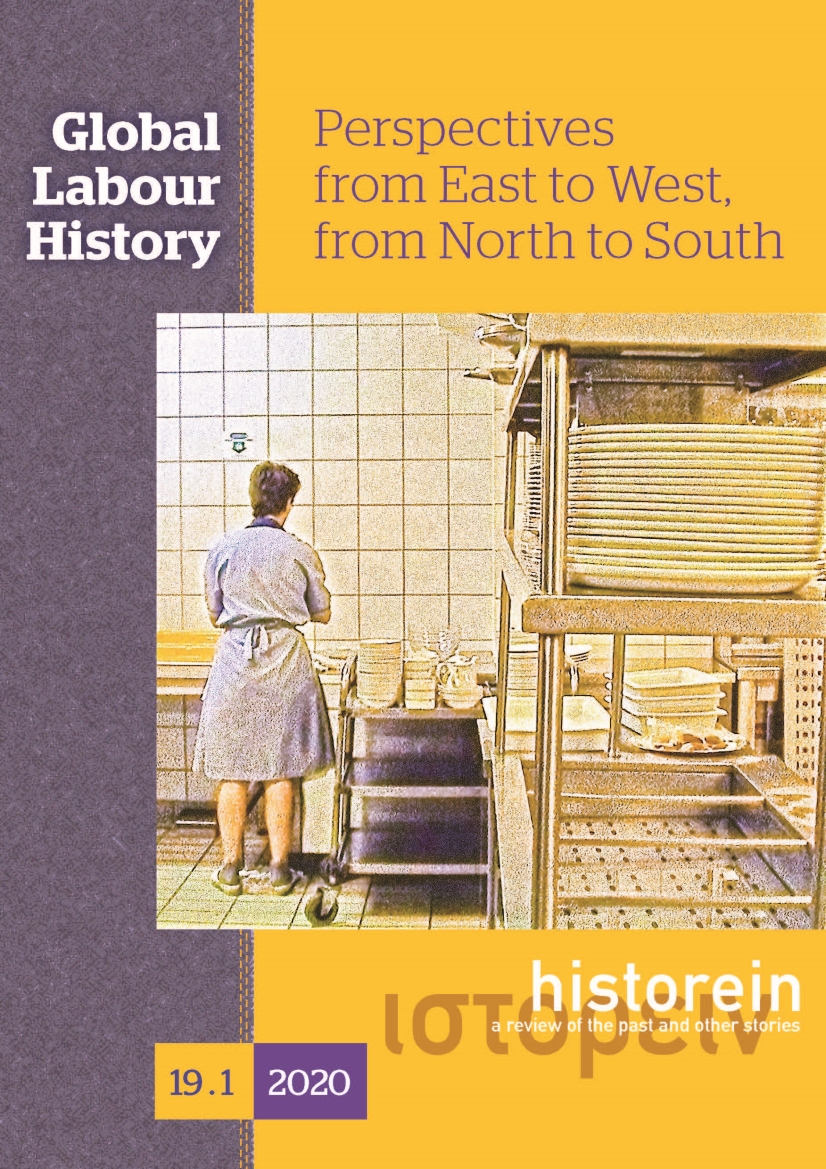From the Display of a Digital-Masculine Machine to the Concealed Analog-Feminine Labour: The Passage from the History of Technology to Labour and Gender History

Abstract
The article introduces the essentialist 1940s demarcation between a digital-superior and an analog-inferior computer as a key moment in severing the computing machine from the human worker labouring with it, and, accordingly, to keeping the history of computing technology and the history of computing labour apart. It starts with a section that further argues that the introduction of this key demarcation is strongly linked to the transition from the prewar use of the concept “computer”, which referred to a human worker, to its postwar use, which refers to a computing machine. The argument comes full circle by connecting the concealed analog to hidden female computing labour, a connection suggested by a revisiting of the paradigmatic display of the ENIAC as a digital machine. There follow two sections, one on the history of the female labour concealed by presenting the digital computer as superior and the other on the history of the male labour neglected by ignoring the analog computer as inferior.
Article Details
- How to Cite
-
Tympas, A. (2020). From the Display of a Digital-Masculine Machine to the Concealed Analog-Feminine Labour: The Passage from the History of Technology to Labour and Gender History. Historein, 19(1). https://doi.org/10.12681/historein.19134
- Section
- ARTICLES

This work is licensed under a Creative Commons Attribution-NonCommercial-ShareAlike 4.0 International License.
The copyright for articles in this journal is retained by the author(s), with first publication rights granted to the journal. By virtue of their appearance in this open access journal, articles are free to use (with the exception of the non-granted right to make derivative works) with proper attribution for non-commercial uses (licence Creative Commons 4.0). EKT/NHRF retains the worldwide right to reproduce, display, distribute, and use articles published in Historein in all formats and media, either separately or as part of collective works for the full term of copyright. This includes but is not limited to the right to publish articles in an issue of the Journal, copy and distribute individual reprints of the articles, authorize reproduction of articles in their entirety in another EKT/NHRF publication, and authorize reproduction and distribution of articles or abstracts thereof by means of computerized retrieval systems.

